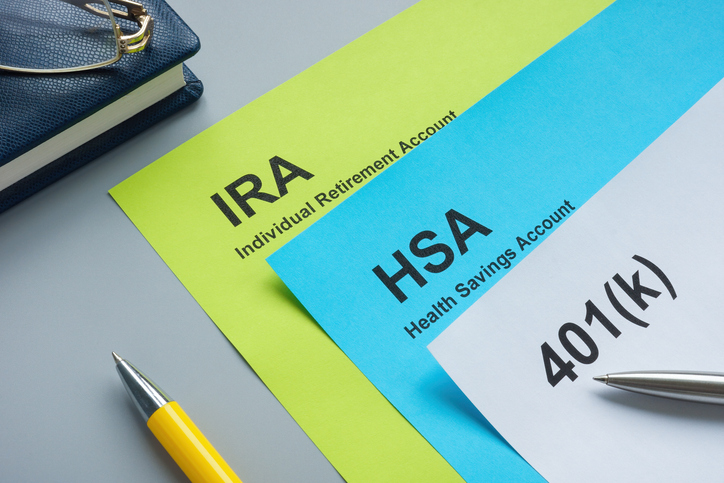Do you believe everything the government tells you? Economist and statistician John Williams sure doesn’t.
Williams, who has consulted for individuals and Fortune 500 companies, now uncovers the truth behind the U.S. government’s economic numbers, on his Web site at ShadowStats.com. Over the last several decades, Williams says, the feds have been infusing their data with optimistic biases to make the economy seem far rosier than it really is. His site reruns the numbers using the original methodology.
What he finds is not good.
Maymin: So we are technically bankrupt?
Williams: Yes, and when countries are in that state, what they usually do is rev up the printing presses and print the money they need to meet their obligations. And that creates inflation—hyperinflation—and makes the currency worthless.
Obama says America will go bankrupt if Congress doesn’t pass the health care bill.
Well, it’s going to go bankrupt if they do pass the health care bill, too, but at least he’s thinking about it. He talks about it publicly, which is one thing prior administrations refused to do. Give him credit for that. But what he’s setting up with this health care system will just accelerate the process.
Where are we right now?
In terms of the GDP, we are about halfway to depression level. If you look at retail sales, industrial production, we are already well into depression. If you look at things such as the housing industry, the new orders for durable goods, we are in Great Depression territory.
If we have hyperinflation, which I see coming not too far down the road, that would be so disruptive to our system that it would result in the cessation of many levels of normal economic commerce, and that would throw us into a great depression, and one worse than was seen in the 1930s.
What can we do to avoid hyperinflation? What if we just shut down the Fed or something like that?
We can’t. The actions have already been taken to put us in it. It’s beyond control.
The government does put out financial statements using generally accepted accounting principles, where unfunded liabilities like Medicare and Social Security are included in the same way as corporations account for their employee pension liabilities. And in 2008, for example, the one-year deficit was $5.1 trillion dollars. That’s instead of the $450 billion, plus or minus, that was officially reported.
These numbers are beyond containment. Even the 2008 numbers, you can take 100 percent of people’s income and corporate profit and you’d still be in deficit. There’s no way you can raise enough money in taxes.
What about spending?
If you eliminated all federal expenditures except for Medicare and Social Security, you’d still be in deficit. You have to slash Social Security and Medicare. But I don’t see any political will to rein in the costs the way they have to be reined in. There’s just no way it can be contained.
The total federal debt and net present value of the unfunded liabilities right now totals about $75 trillion. That’s five times the level of GDP.
What can we, the people, do to stop the government from taking all our money?
We should have acted 20 years ago. There’s not much you can do at this point to prevent the eventual debasement of the dollar.
This involves both sides of the political spectrum. It’s not limited to the Republicans or the Democrats. They’ve both been very active in setting this up.
What can individuals do?
The only thing individuals can do now is look to protect themselves. I wish I could see a way other than severe slashing of the social programs, which is politically reprehensible and would create great problems and social unrest. I don’t see that as a practical solution.
If you’re a young 20- or 25-year-old guy or gal, would you move to another country? What would you do?
We still have a great country. We’re going through a period of economic pain. It’s happened before. This is the kind of thing that’s taken us decades to get into and it will take us decades to get out. Although the hyperinflation is going to be limited largely to the United States, the economic downturn will affect things globally.
I can’t tell you how things will go with a hyperinflationary Great Depression, which is where I see things going.
It’s the type of thing that will tend to lead to significant political change. People tend to vote their pocketbooks. You could have the rise of a third party. You could even have rioting in the streets. I’m not formally predicting that—anyone can run these different scenarios.
For the individual, what you need to do, from an investment standpoint, is look to preserve your wealth and assets. Don’t worry about the day-to-day fluctuations in the markets. What I’m talking about here is over the long haul.
Phil Maymin ([email protected]) is an assistant professor of finance and risk engineering at New York University-Polytechnic Institute. A version of this article first appeared in the Fairfield County Weekly in New Haven, Connecticut. Used with permission.



